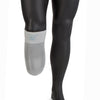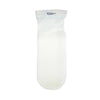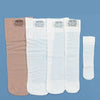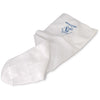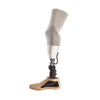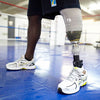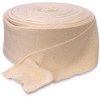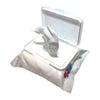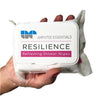How Does Your Skin Work?
If you stretched out the skin of the average adult, it would cover 22 square feet (that's 2 square meters, a little bigger than a twin bed) and weigh 8 pounds. [source] Skin is your body's largest organ, a resilient, elastic covering that can repair itself after injuries or thicken in response to repeated stress. But even though your skin is incredibly durable, that doesn't mean it doesn't need extra care. The health of your skin is crucial to the overall health of your body.
How does your skin work?
Your skin type and quality are determined by many factors, like ethnicity, genetics, or environmental variables, but all skin is made up of three layers: the epidermis, dermis and hypodermis.
The epidermis, the thinnest layer and the one that we see, is filled with white blood cells and designed to fight off harmful bacteria. It also contains melanin, the pigment that gives your skin its color. The outermost layer of the epidermis, the startum corneum, is made up of cells containing a protein called keratin. Keratin provides a two way barrier for water, a function which is critical to the skin's hydration.
Right below the epidermis is the dermis layer. The dermis layer contains sweat glands and hair follicles, as well as an elastic matrix of collagen and elastin which gives your skin its firmness and flexibility. The dermis also contains the nerve endings that allow you to feel sensations such as heat, cold and pain. Blood vessels are also contained in the dermis. (So if you cut yourself and you bleed, it means you've torn through the epidermis and exposed the second layer.) Tiny ridges extending from the dermis to the epidermis keep the outer layer from being pulled away from the second.
The third and innermost layer is the hypodermis, which connects the skin to the bone and muscle beneath it. The hypodermis is made up of subcutaneous tissue that insulates the body and controls its temperature.
Related Articles:
- Alcohol & Skin Care: The Facts
- Do I have a skin disorder?
- How-to create a prosthetic skin care routine?
- How do amputees deal with friction?
- Ingredients To Avoid
- Know Your Skin Type
- Parabens: Are they really a problem?
- The DOs and DON'Ts of Skin Care
- Why are fragrance free products best?
- Why do some skincare products cause a negative reaction?
- Your Residual Limb Deserves Some TLC
- 15 Skin Problems Amputees Experience & How to Solve Them
- Common Skin Issues for Above-Knee Amputees















































